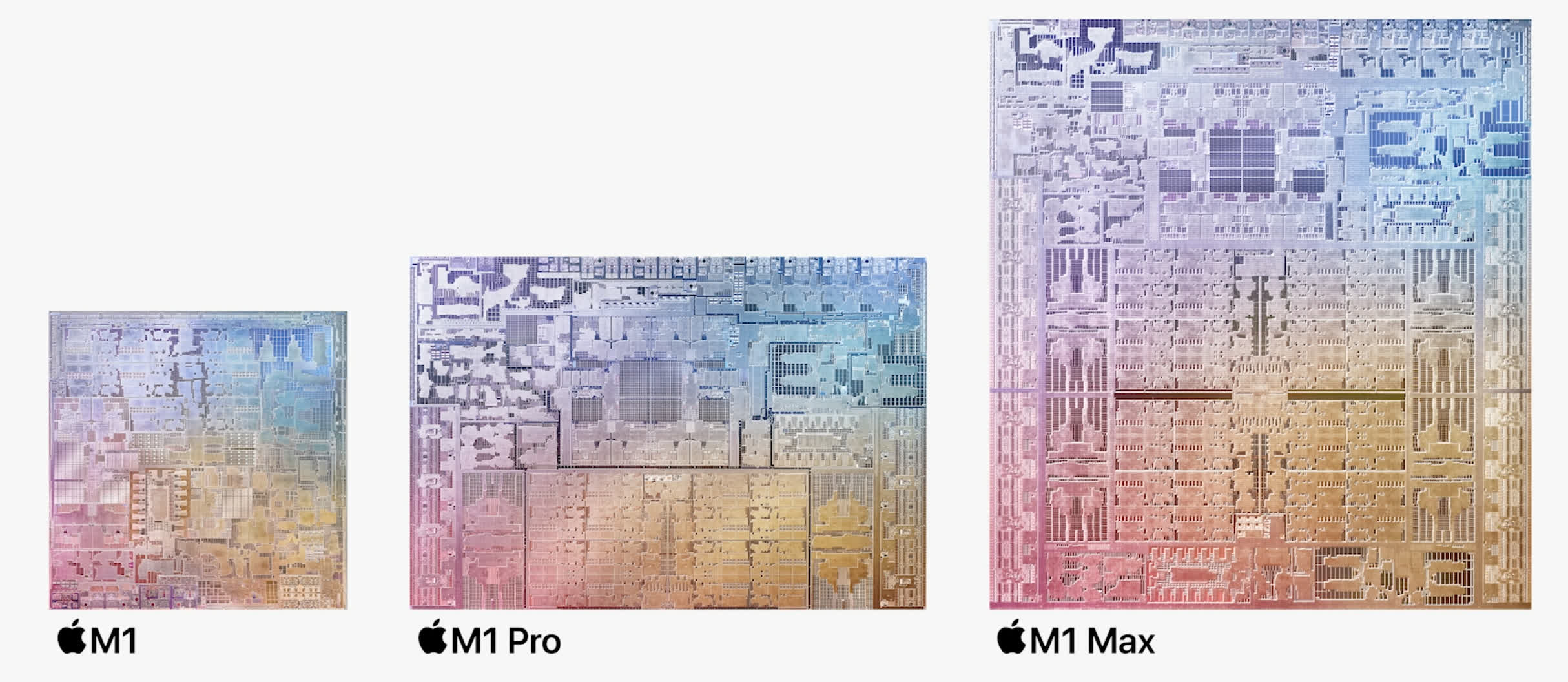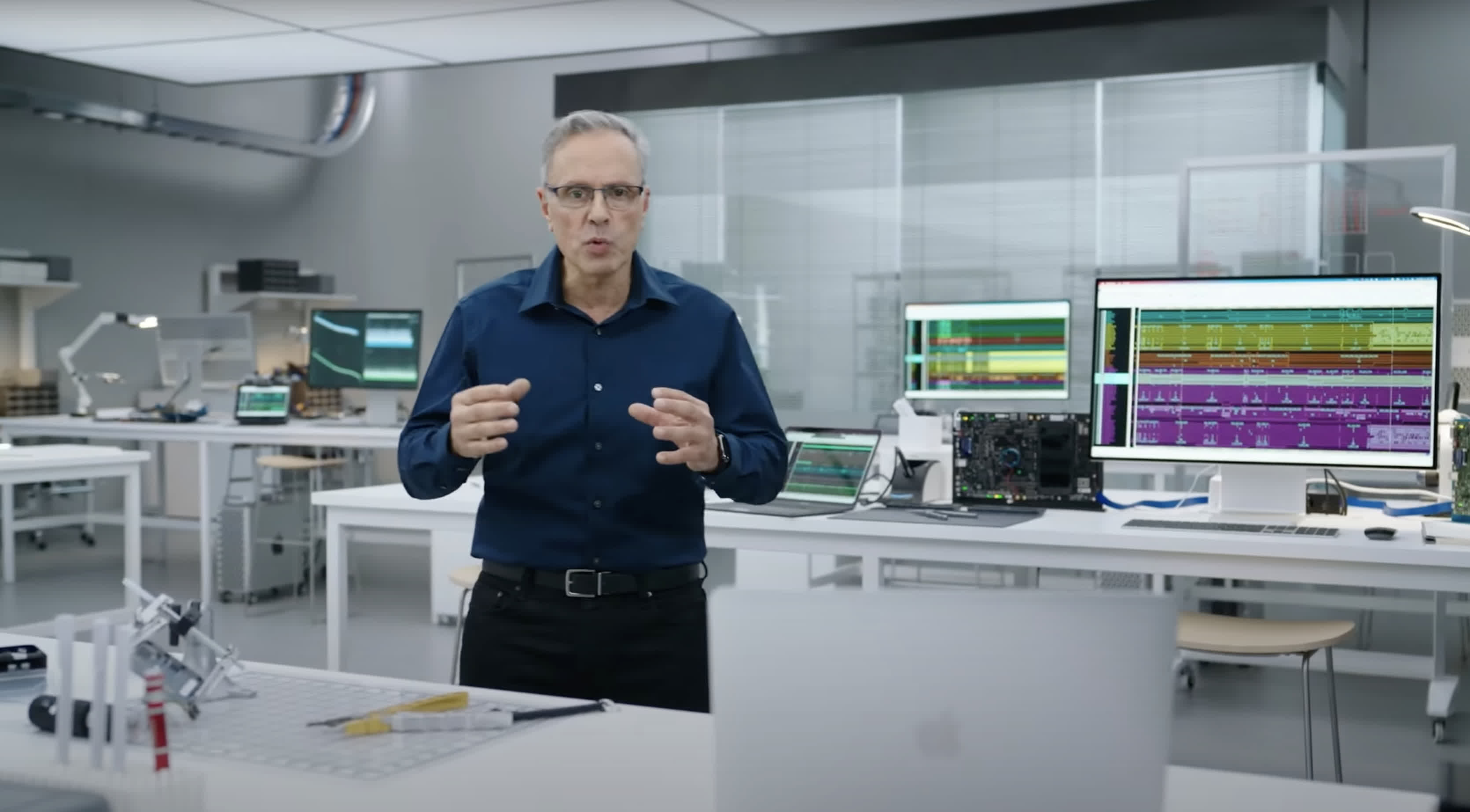The bleeding edge: Intel's new CEO may wish to earn back Apple's business over time, but the latter is forging ahead with more powerful silicon of its own. It won't be long before it has workstation-grade hardware that covers both general-purpose compute and graphics and machine learning tasks.
Apple is now halfway through its planned transition to self-designed custom silicon, but the company doesn't necessarily want to leave Intel and AMD chips behind. The M1, M1 Pro, and M1 Max chipsets are only the beginning of this journey, yet they've already managed to impress in the performance-per-watt department compared to similar CPU+GPU solutions from the x86 world.
According to a report from The Information, the Cupertino giant is hard at work developing even more powerful second-generation and third-generation M-series systems-on-a-chip, codenamed Ibiza, Lobos, and Palma. The first will be a direct successor to the M1 SoC that powers the MacBook Air, 13-inch MacBook Pro, and the Mac mini.

The "M2" chipset will be made by TSMC using an upgraded 5 nm process node, so it won't be a significant upgrade in terms of performance and energy efficiency compared to the M1 SoC. Apple is planning to introduce an M2 variant with two dies, which will offer more performance in desktop Macs. Apple is said to have taped out the design of the M2 SoCs in April 2021, lending credibility to reports that the company could unveil an M2-based MacBook Air next year.
Things get more interesting talking about Apple's third-generation Apple Silicon, expected to land as soon as 2023. Some of these new chips will reportedly be manufactured using TSMC's 3nm process node and feature up to four dies. In other words, they'll pack up to 40 CPU cores in a single package, while Apple's current Mac Pro can only be configured with up to a 28-core Intel Xeon W CPU.
Reports over the past year have claimed Apple will release another Intel-based Mac Pro in 2022 that could feature Intel Xeon W-3300 processors. A move like this could make sense as the M1-based MacBook Pro 13 coexisted with the Intel-based version for several months.
Overall, it looks like Intel's relationship with Apple is on its last leg. It won't be long before Cupertino has workstation-grade hardware that covers both graphics and general-purpose computing. The Cupertino company is already saving billions by ditching Intel and AMD hardware. It looks like it may also lead in the performance-per-watt department in the coming years.
